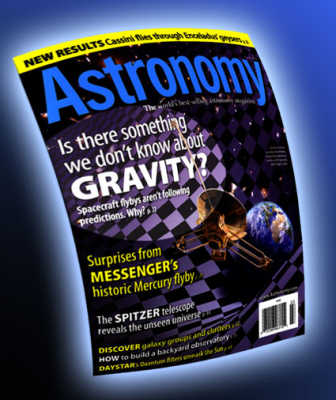
"When first observed by Voyager, the spoke movements [of Saturn's Rings] seemed to defy gravity and had the scientists very perplexed. Since the spokes rotate at the same rate as Saturn's magnetic field, it is apparent that the electromagnetic forces are also at work." -- Ron Baalke, astrophysicist, 1998
If gravitation were real, Saturn's rings would not be in a flat plane perpendicular to the lines of force of Saturn's magnetic field.
Astronomy.com: Cassini probe sees electric link between Saturn and Enceladus.
By NASA Headquarters, Washington, D.C. — Published: April 21, 2011
Saturn-north-pole
NASA is releasing the first images and sounds of an electrical connection between Saturn and one of its moons. The data collected by the Cassini spacecraft enable scientists to improve their understanding of the complex web of interaction between the planet and its numerous moons.
Scientists previously theorized an electrical circuit should exist at Saturn. After analyzing data that Cassini collected in 2008, scientists saw a glowing patch of ultraviolet light emissions near Saturn's north pole that marked the presence of a circuit, even though the moon Enceladus is 150,000 miles (240,000 kilometers) away from the planet.
The patch occurs at the end of a magnetic field line connecting Saturn and Enceladus. The area, known as an auroral footprint, is the spot where energetic electrons dive into the planet's atmosphere, following magnetic field lines that arc between the planet's north and south polar regions.
"The footprint discovery at Saturn is one of the most important fields and particle revelations from Cassini and ultimately may help us understand Saturn's strange magnetic field," said Marcia Burton from NASA's Jet Propulsion Laboratory in Pasadena, California. "It gives us the first visual connection between Saturn and one of its moons."
















